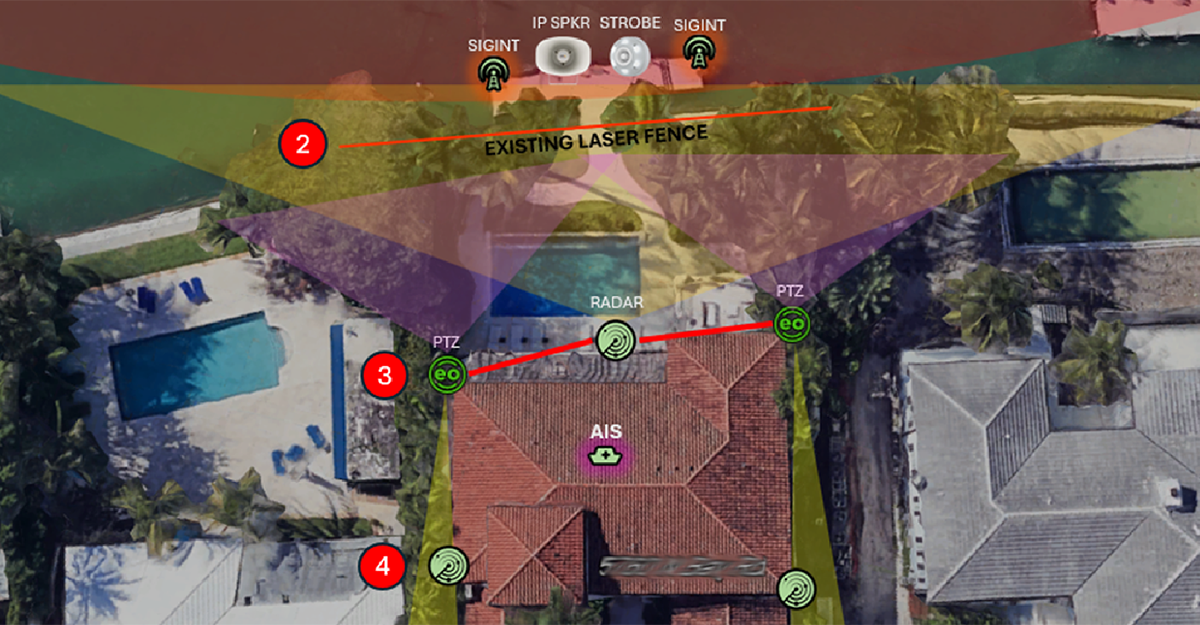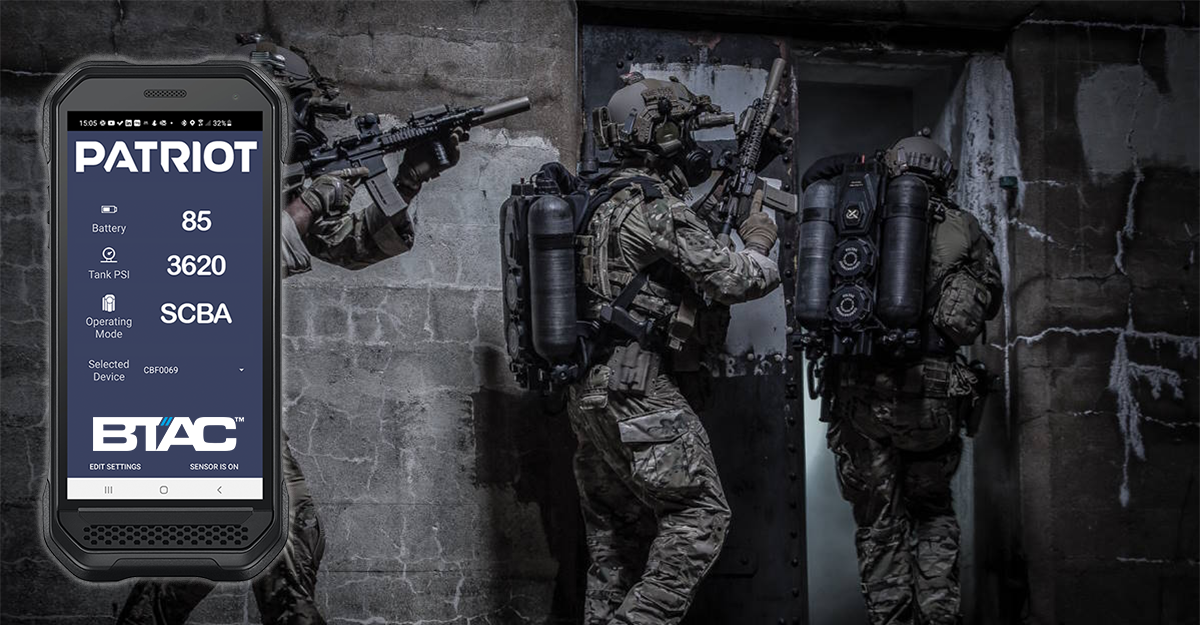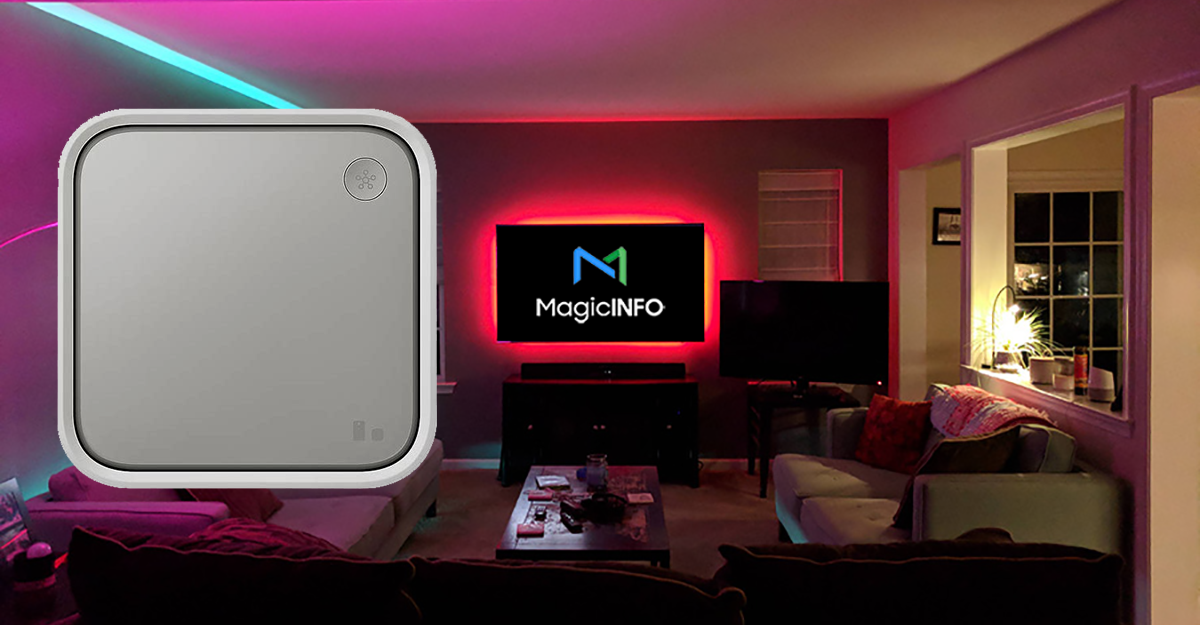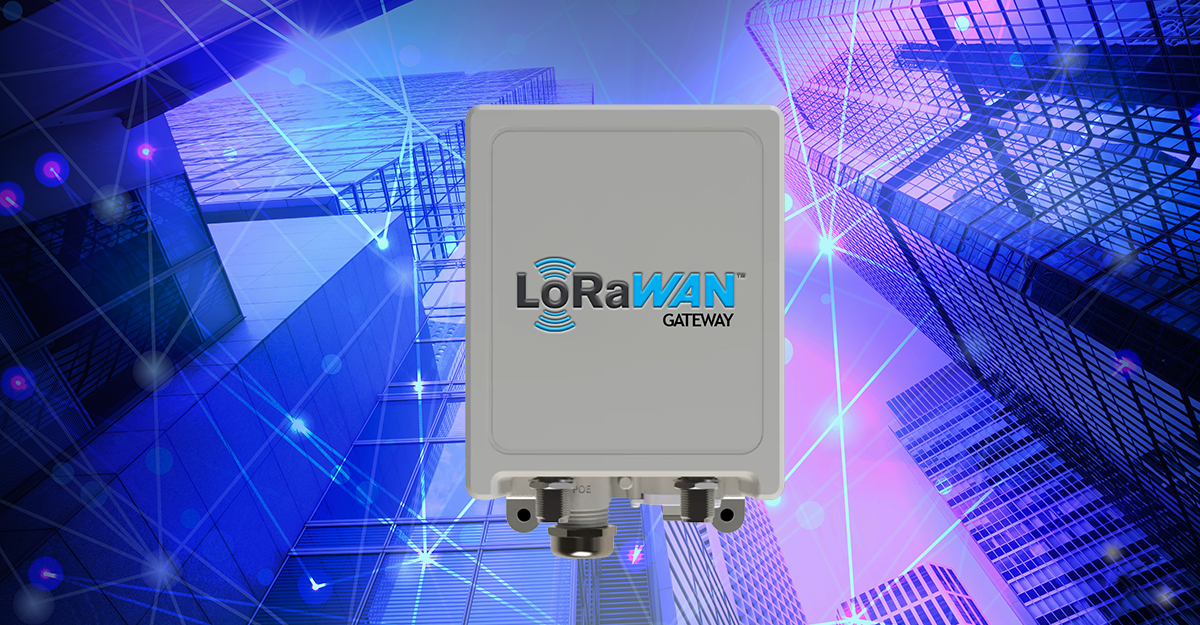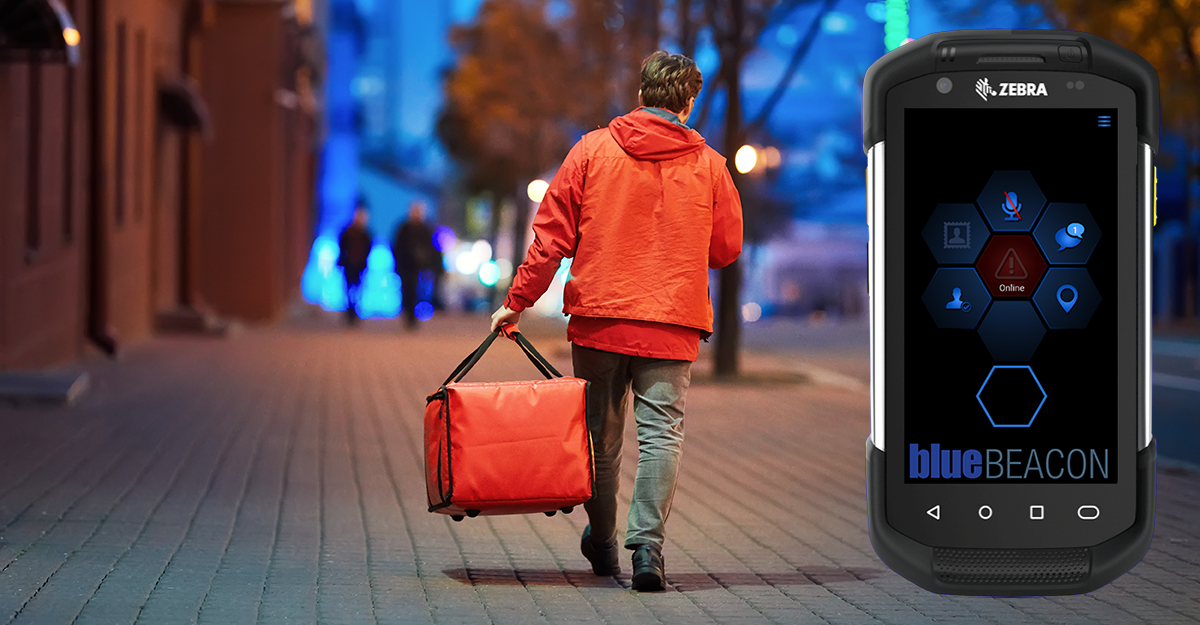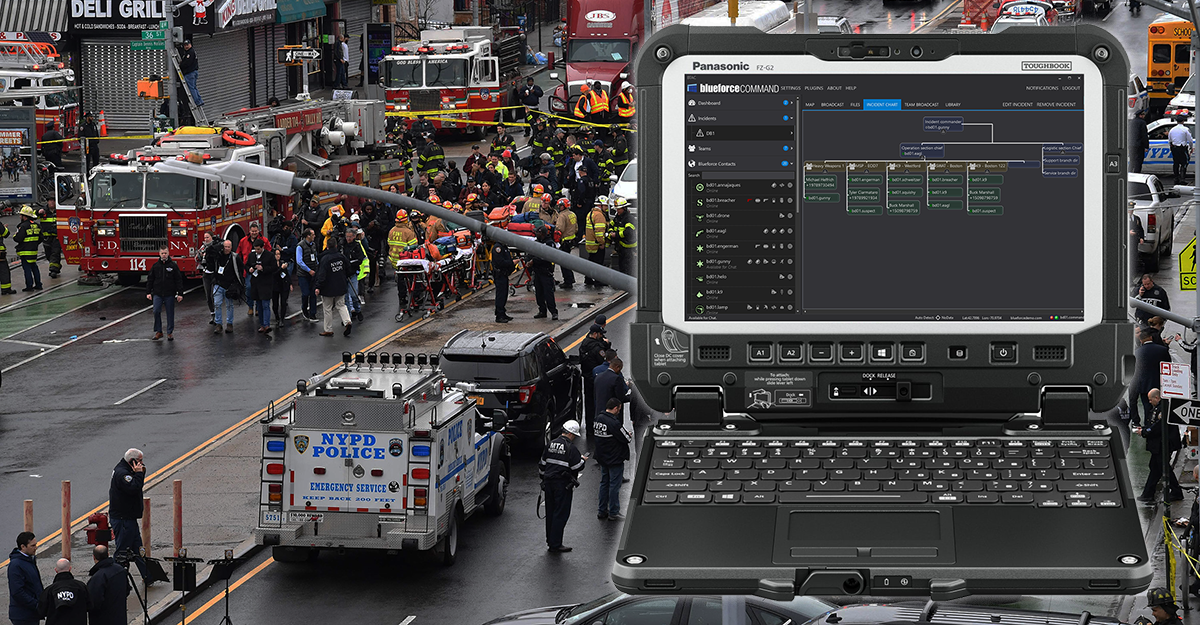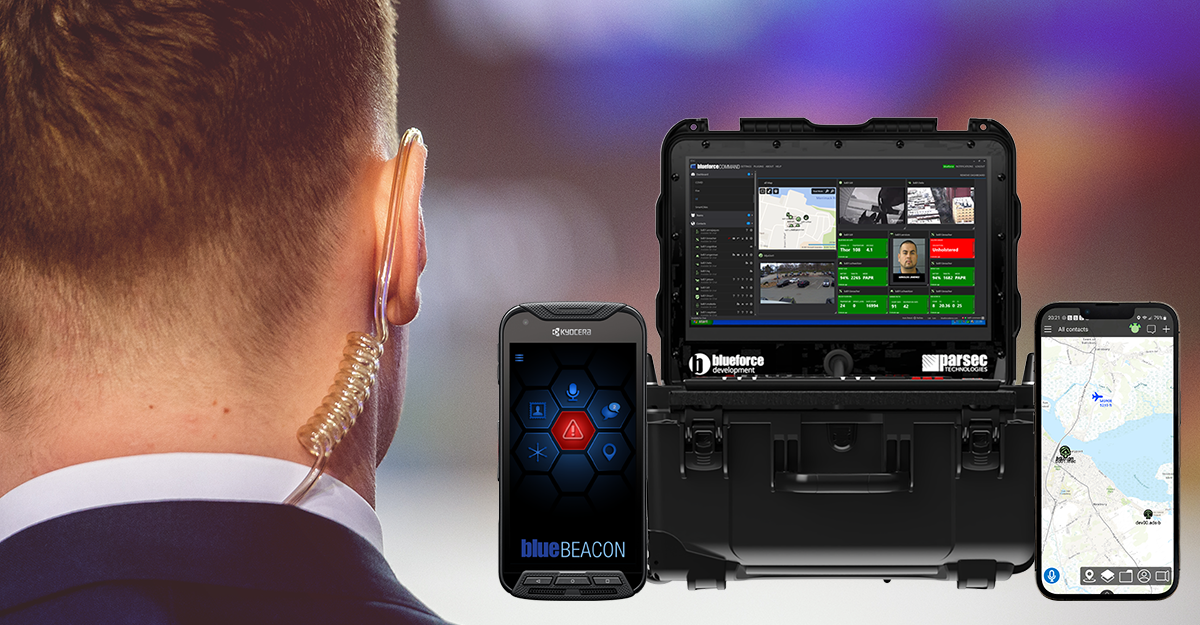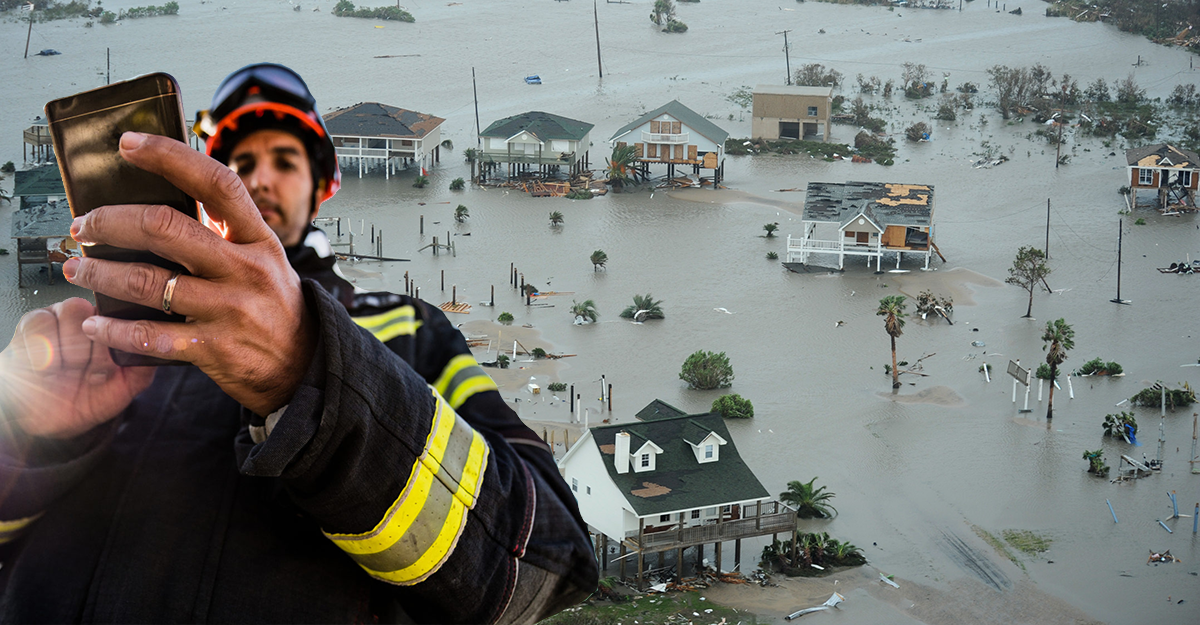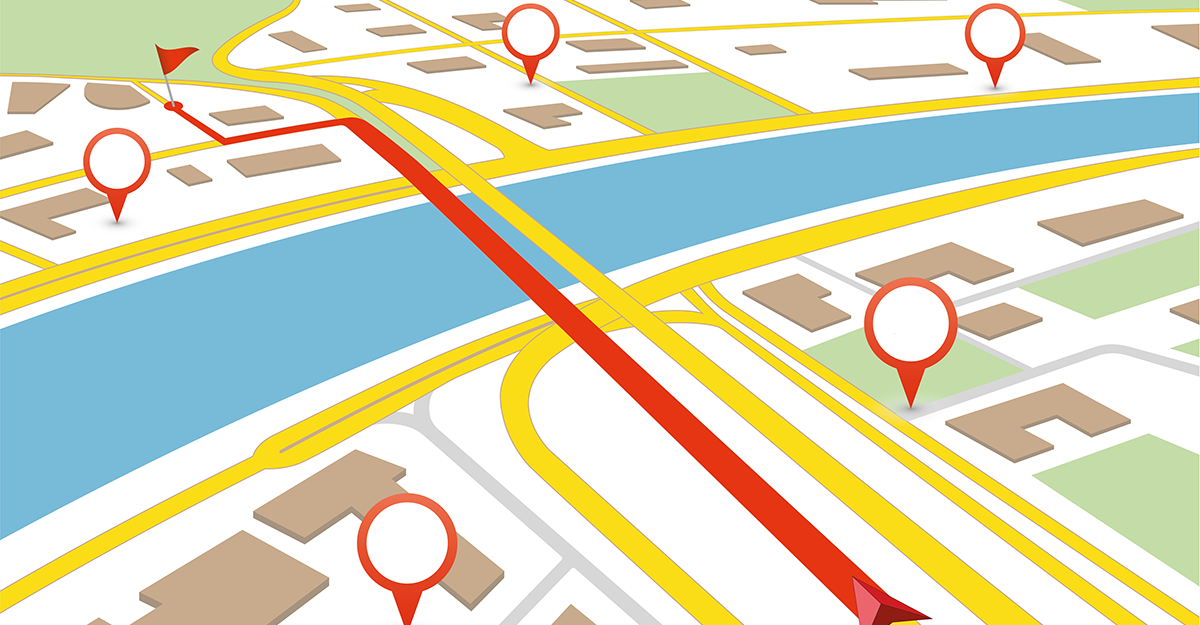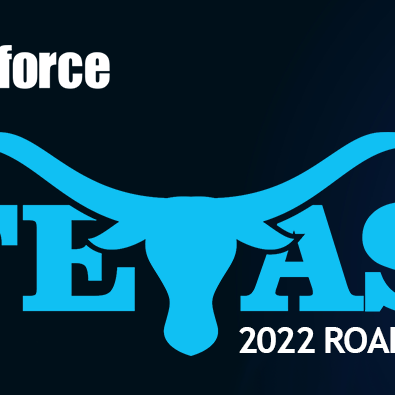Chapter 2: Proactive Detection and Mitigation
Proactive threat mitigation involves identifying and addressing potential risks and vulnerabilities before they can be exploited by malicious actors. It's a proactive approach to security that aims to minimize the impact of security incidents or breaches by taking preventive measures. Here are some key aspects: Risk Assessment: This involves identifying potential threats and vulnerabilities to your systems, networks, or data. It often includes analyzing past...
Read More

